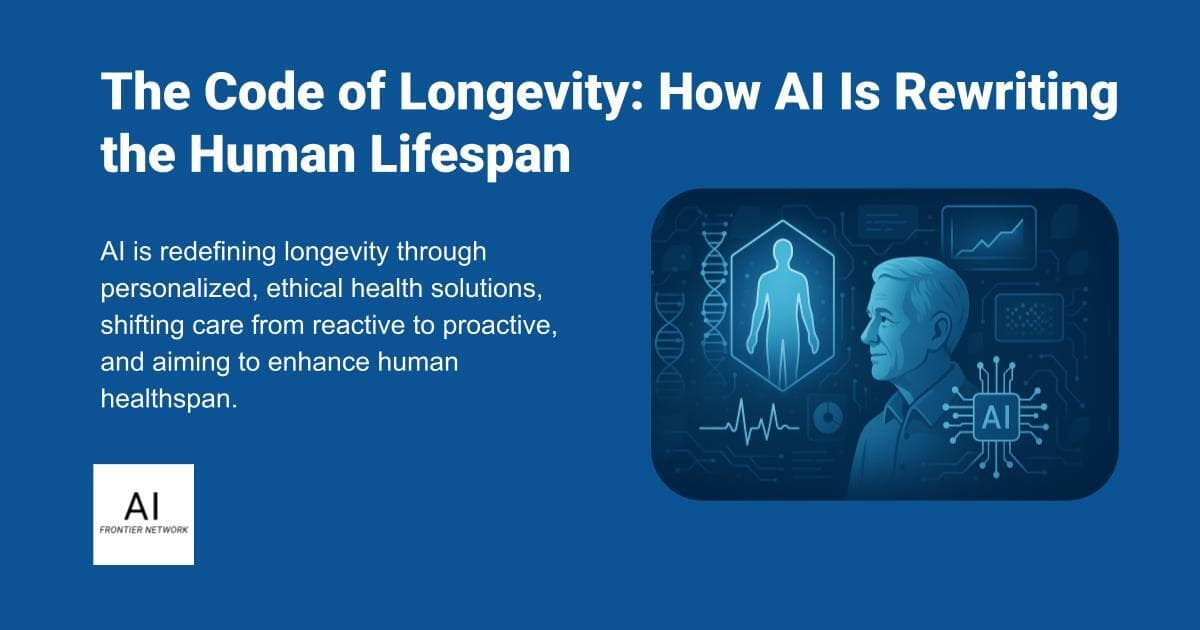As the AI ecosystem matures, it’s no longer just about the models — it’s about the stack: how components connect, which tools are emerging as standards, and where defensibility lives.
In 2025, builders are increasingly thinking in systems, not silos. Whether you’re launching a product or evaluating deals, understanding the modular AI stack is now a prerequisite. Here’s how it’s shaping up — and who’s defining each layer.
🧱 Layer 1: Foundation Models
This is the base — general-purpose LLMs, vision models, and multimodal systems trained on massive datasets.
Leading Tools & Players
- GPT-4/5 (OpenAI) – Still the most broadly used for general-purpose reasoning and code.
- Claude 3 (Anthropic) – Favored for long context windows and more conservative outputs.
- Gemini (Google DeepMind) – Integrated into Google Workspace and gaining adoption in Android apps.
- Mistral, Mixtral (Open-weight) – Powerful open models from Europe, enabling local and private deployments.
- Meta’s LLaMA 3 – Crucial for open-source communities and enterprise fine-tuning.
Emerging Standard: Multimodal capability is becoming table stakes, but text reasoning still dominates most use cases. Expect model routing (between vendors) to become standard in production systems.
📚 Layer 2: Retrieval & Memory (RAG)
RAG (Retrieval-Augmented Generation) is how models access up-to-date or proprietary knowledge.
Key Tools
- Pinecone, Weaviate, Qdrant – Specialized vector databases for high-performance retrieval.
- LlamaIndex, LangChain – Frameworks for building context-aware, document-grounded AI systems.
- Milvus, Redis – Scalable storage options for hybrid search setups.
Emerging Standard: RAG is the default method for grounding AI in enterprise data. Evaluation of retrieval precision and freshness is becoming a buying criterion.
🔌 Layer 3: Orchestration & Workflow
This is where logic lives: chaining model calls, routing tasks, invoking tools, and managing long-running processes.
Notable Tools
- LangGraph (by LangChain) – Directed graph approach to multi-step AI workflows.
- CrewAI, AutoGen, MetaGPT – Lightweight frameworks for building collaborative AI agents.
- Modal, Airflow, Flyte – Infrastructure tools powering scalable AI pipelines.
Emerging Standard: AI apps now use multiple models, tools, and state transitions — orchestration is a first-class concern, not a back-end hack.
🔐 Layer 4: Model Hosting & Fine-Tuning
Not everyone wants to use OpenAI’s API. Teams are increasingly fine-tuning and hosting their own models.
Key Players
- AWS Sagemaker, Azure ML, Google Vertex AI – Cloud-native fine-tuning and deployment.
- Replicate, Banana, Baseten – Lightweight, developer-friendly hosting options.
- Lamini, Together.ai, Anyscale – Focused on private, VPC deployments with enterprise compliance.
Emerging Standard: Model-as-a-service is bifurcating: devs use hosted APIs to move fast; enterprises want control, privacy, and on-prem compatibility.
🧠 Layer 5: Evaluation & Guardrails
As AI goes into production, model behavior must be measured, aligned, and secured.
Evaluation & Monitoring Tools
- Truera, Humanloop, WhyLabs – Track and explain model decisions.
- PromptLayer, Helicone, Langfuse – Logging and analytics for prompt-based apps.
- Guardrails AI, Rebuff, HoneyHive – Guardrail frameworks to prevent harmful or hallucinated outputs.
Emerging Standard: Evaluations are moving beyond benchmarks to live-in-prod metrics: latency, hallucination rate, factuality, and user trust.
🎨 Layer 6: Interface & Delivery
This is where users actually interact with the AI — and where value is realized.
Product UX Trends
- Chat UIs are just the beginning – Apps are moving toward embedded assistants, proactive agents, and personalized dashboards.
- APIs, SDKs, and plugins – Tools like OpenAI Assistants API, Anthropic Messages API, and AutoGPT plugins let builders embed intelligence with less friction.
- Speech, vision, and multimodal I/O – Multimodal UX is catching up with backend capabilities.
Emerging Standard: Interface is the new moat. With model performance converging, how users interact with AI is becoming the key differentiator.
📦 Bonus Layer: Meta-Infrastructure (Ops, Spend, Governance)
AI is now part of the enterprise tech stack — and it needs ops tools.
Fast-Emerging Categories
- AI Spend & Usage Analytics – Tools like Unstructured, Delv.ai, and in-house dashboards.
- AIOps Platforms – Combining observability, compliance, and performance tuning.
- Policy & Model Cards – Auditable documentation is becoming required for procurement in finance, health, and government.
Final Word
The 2025 AI stack is modular, flexible, and still evolving — but clear patterns are emerging.
If 2023 was about foundation models, and 2024 was about agents, 2025 is about architecture.
Those who understand the stack — and how to choose the right tools at each layer — will build faster, safer, and with a lot more leverage.





